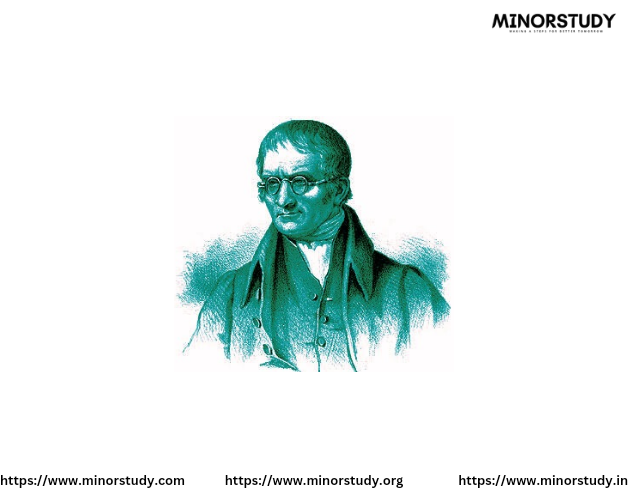Katherine Johnson
- Minorstudy Web blogs
- Dec 6, 2024
- 3 min read

Katherine Johnson (August 26, 1918 – February 24, 2020) was an African American mathematician and physicist whose work at NASA was crucial to the success of the United States' space missions, particularly during the early years of the space program. Her calculations of orbital mechanics were pivotal in sending astronauts into space and ensuring their safe return. Johnson's work, largely unrecognized during her time, gained widespread attention after the release of the 2016 film Hidden Figures, which highlighted her contributions alongside those of other African American women mathematicians at NASA.
Early Life and Education:
Born: August 26, 1918, in White Sulphur Springs, West Virginia.
Johnson showed an early aptitude for mathematics, and her family encouraged her intellectual curiosity. She attended West Virginia University, where she became one of the first African American women to earn a degree in mathematics.
She graduated summa cum laude in 1937 with a degree in mathematics and French and began working as a teacher before joining the National Advisory Committee for Aeronautics (NACA), the predecessor to NASA.
Key Contributions:
1. Work at NASA (NACA):
In 1953, Johnson began working as a "computer" at the NACA, which would later become NASA, where she performed complex calculations for aeronautical projects. Her work in the early years of NASA involved calculating flight trajectories and designing flight paths for various missions.
2. Mercury and Apollo Missions:
Johnson was instrumental in calculating the trajectory for Alan Shepard, the first American in space, in 1961. She also worked on the trajectory analysis for John Glenn’s orbital flight in 1962. Glenn specifically requested that Johnson double-check the computer's calculations before his historic flight.
She contributed significantly to the success of the Apollo 11 mission that landed Neil Armstrong and Buzz Aldrin on the moon in 1969. Her work included calculating the precise launch and landing trajectories for the spacecraft.
Johnson also worked on calculations for various space missions, including those related to the Space Shuttle and other projects related to aerodynamics and orbital mechanics.
3. Breaking Racial and Gender Barriers:
Johnson, one of the first African American women to work as a mathematician at NASA, had to navigate both racial and gender barriers throughout her career. Despite these challenges, she rose through the ranks based on her remarkable skill and contributions.
Her accomplishments were significant not only for her technical contributions but also for her role in breaking down barriers for other African American women in science and mathematics.
Recognition and Legacy:
1. Presidential Medal of Freedom:
In 2015, President Barack Obama awarded Johnson the Presidential Medal of Freedom, the highest civilian honor in the United States, recognizing her groundbreaking contributions to space exploration and her role in advancing civil rights.
2. Honors and Awards:
Over the years, Johnson received numerous honors, including honorary degrees and induction into the National Women’s Hall of Fame.
She was awarded the Congressional Gold Medal and received several other prestigious honors recognizing her pioneering contributions to the space program.
3. The Movie "Hidden Figures":
Johnson’s work and life, along with that of her colleagues Dorothy Vaughan and Mary Jackson, were brought to the big screen in the 2016 film Hidden Figures, which portrayed their crucial roles in NASA’s early space missions.
The film brought wider public recognition to Johnson’s contributions, and she became a role model for young women and people of color pursuing careers in STEM.
Interesting Facts:
Johnson's journey to success was marked by her perseverance in overcoming the racial and gender prejudices of her time. She attended segregated schools and worked in an era when African American women were often relegated to the background in STEM fields.
She was a lifelong advocate for education and was passionate about mentoring younger generations, especially young women and minorities, to pursue careers in mathematics and science.
Katherine Johnson was the subject of an official NASA biography, which was released in 2016, and she had a key role in shaping the policies on diversity and inclusion at NASA.
Quotes:
"I don’t believe there are any limitations on how much you can accomplish."
"We needed to be prepared. You had to be ready, and you couldn’t afford to make mistakes."
"I’m not interested in just being a number. I want to do something significant."
Significance:
Katherine Johnson's groundbreaking work in mathematics and physics has had an enduring impact on space exploration and civil rights. Her calculations were essential for NASA’s early missions and the success of the U.S. space program. Johnson not only helped shape the future of space travel but also broke racial and gender barriers, inspiring countless individuals to follow in her footsteps. Through her perseverance and brilliance, she demonstrated that true talent knows no bounds, and her legacy continues to inspire future generations in the fields of STEM, particularly women and minorities.











Comments